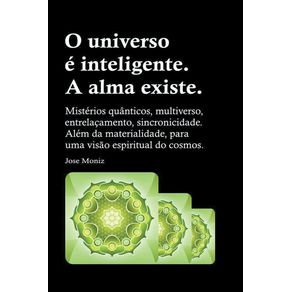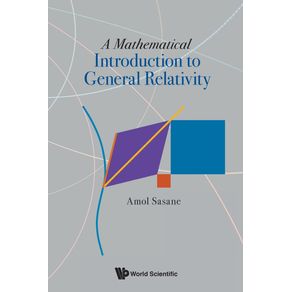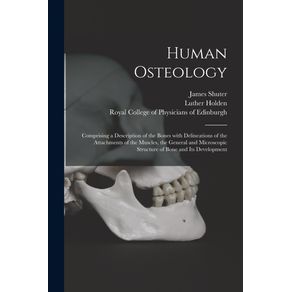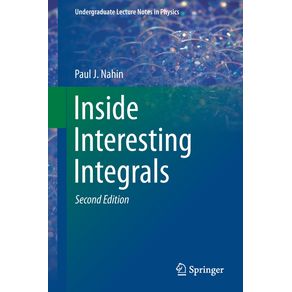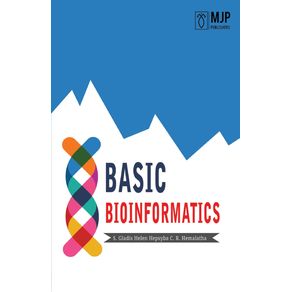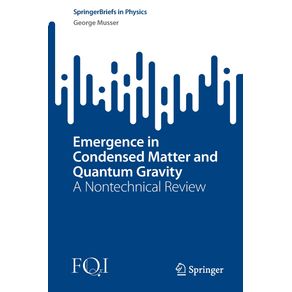-
DEPARTAMENTOS
- ANIMAIS DE ESTIMAÇÃO
- ARTES
- AUTO AJUDA
-
BEM ESTAR E LAZER
-
CATEGORIAS
-
-
CULINÁRIA E GASTRONOMIA
-
CATEGORIAS
-
-
ESPORTES
-
CATEGORIAS
-
- INFANTIL
-
RELIGIÃO
-
CATEGORIAS
-
- ADMINISTRAÇÃO E NEGÓCIOS
-
CIÊNCIAS BIOLÓGICAS E NATURAIS
-
CATEGORIAS
-
- DIREITO
- ECONOMIA
-
MEDICINA
-
CATEGORIAS
-
-
TODOS DEPARTAMENTOS
-
INTERESSE GERAL
-
LIVROS TÉCNICOS
-
- IMPORTADOS
The q -state Potts Model
Cód:
491_9783656297390
The q -state Potts Model
Autor:
Editora:
Código:
491_9783656297390
Vendido e entregue por Um Livro
Masters Thesis from the year 1999 in the subject Physics - Theoretical Physics, grade: 1,0, State University of New York at Stony Brook (Institute for Theoretical Physics), course: -, language: English, abstract: In this thesis results on the Partition function ZG(T, q) for the q-state Potts-Model on finite polygonal lattices G are presented.These are polynomials in a = e- J and q. The first step is to calculate all the coefficients of ZG(a, q) using a transfer matrix method.The only points of non-analyticity are the zeros of the partition function; in the thermodynamic limit the complex temperature zeros form a continuous curve B via coalescence. This is the locus where the free energy is non-analytic. The zeros of Z(a, q) in the complex q-plane for finite a and in the complex a-plane for integer and non-integer values of q are plotted.For a = 0 the partition function reduces to the chromatic polynomial PG(q) of the graph and the zeros are called chromatic zeros.The behavior of those zeros as a increases from zero is investigated.As for complex temperature the zeros in q form a continuous curve in the thermodynamic limit. This is the locus where the limiting function WG(q) = limn?8 PG(q)1/n is non-analytic. WG(q) is the ground state degeneracy and is connected to the ground state entropy via S0(G, q) = kB ln(WG(q)).Thus the characteristics of the zeros of q and a for finite lattices help to understand the properties of the model in the thermodynamic limit.
Veja mais








